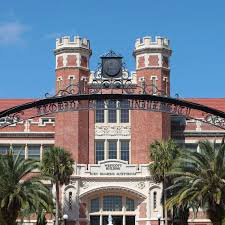Speaker
Description
Production of strange quarks in relativistic heavy-ion collisions is not only used as a signature of QGP formation but also as a diagnostic tool. Strange quarks and antiquarks are produced via strong interactions in the QGP medium and are not present in ordinary matter. The reason is that they promptly undergo decay via weak interactions as soon as they are produced. Additionally, the mass of strange quarks, anti quarks, is below and close to the temperature at which protons, neutrons and other hadrons turn into quarks. Hence, these strange quarks, antiquarks are sensitive to the conditions, structure and dynamics of the deconfined state of matter. It can be said that the deconfined state is reached if there is an abundance of strange quarks. In this poster, I will present the comparison between the invariant mass and yield of different strange particles(Λ, Σ, Ω) at different centralities for the events simulated using AMPT and UrQMD model.
| speaker affiliation | Ph.D Student |
|---|

